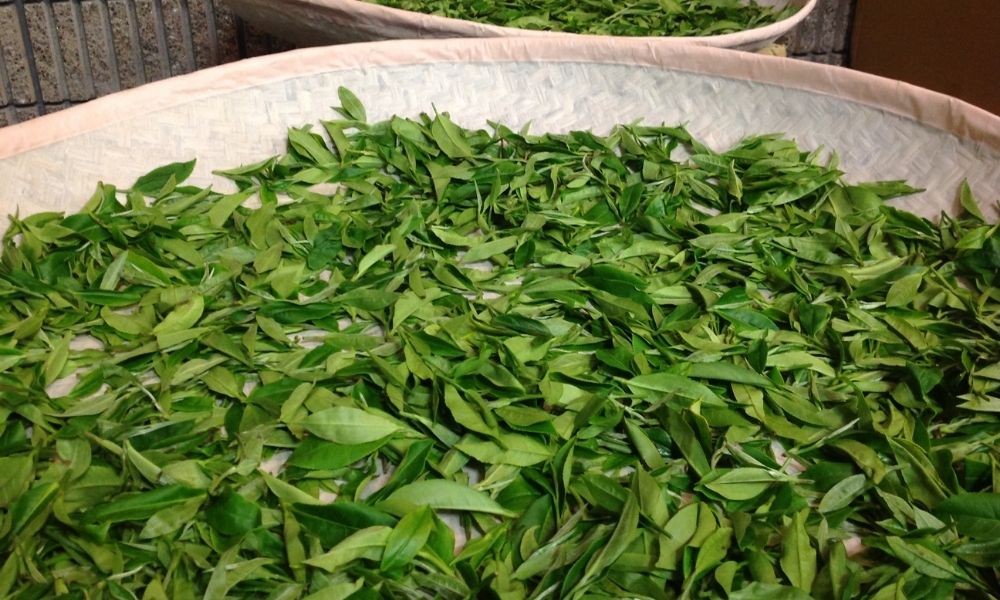Tea Leaves
Brief history of Tea Leaves
In China, it is by and large accepted that 5,000 years prior, a legendary ruler, Emperor Shen Nung, coincidentally found tea when a leaf from the Camellia sinensis plant fell into some heated water. Initially, the leaves were fermented distinctly in their new or dried “green” state. After some time, this delectable extraction filled in notoriety. What’s more, as creation expanded, the Chinese found that through a cycle called ageing, the leaves are oxidized and the kind of the subsequent blend extends. The more drawn out the leaves age, the hazier in shading they become. The assortments by and large known as dark have been aged for the longest measure of time, and their leaves turn practically dark, thus the name. With an end goal to break China’s restraining infrastructure on the tea exchange, the East India Company started developing tea in India during the 1800s, and this creation is as yet a major piece of India’s economy. Chinese and Indian teas are the most mainstream and notable around the world.

Exploring the varieties…
Keemun: Since China began this entire business, it’s simply fitting, to begin with, a Chinese dark tea. Keemun is one of the most notable dark assortments to originate from China, and all things considered. For a dark, it is moderately light with both a fruity and a somewhat smoky smell. It has a mellow, nearly malty flavour that is suggestive of unsweetened cocoa. This varietal is created solely in the Qimen region of Huangshan City in the Anhui region of China.
Darjeeling: The second-most punctual British creation region in India after Assam is in the Darjeeling region of West Bengal. Tea planting started there in 1841, and by 1860 the Darjeeling Company was in full creation with four separate homes working. This has become the quintessential British evening refreshment. There are a few diverse subcategories with this specific kind, and each has its own qualities. First, flush assortments are reaped soonest in the year, and the subsequent beverage is the lightest in shading and mildest in flavour. In the middle of assortments are collected between the first and second flush time frames.
Assam: The Assam locale in India was the principal territory in the nation to be utilized for tea creation by the British, having its own indigenous Camellia sinensis plant – the assamica. Other than China, this is the main spot on the planet where the bush develops normally. Any assortment or cultivar to emerge from the region is given the assignment of an Assam. Developed at or close to the ocean level, these sorts are known for their solid flavour and dull shading. Most popular as a black tea, Assam is also available in white or green versions.
Kenyan: It might astound some of you, as it did me, to discover that the third biggest exporter behind China and India is Kenya. Acquainted with the nation in 1903, Kenya is an infant in the tea-creation business. However, it’s the main fare in the nation. Moreover, it’s ideal to realize that by far most of the developing and ageing is performed on little family-claimed property that isn’t overseen by enormous companies, and these ranchers are the best paid on the planet.
Some of the popular Black Tea blends available are Earl Grey, Lady Grey. To have Tea during breakfast you should prefer – English breakfast, Irish breakfast, Masala Spiced Chai etc.








